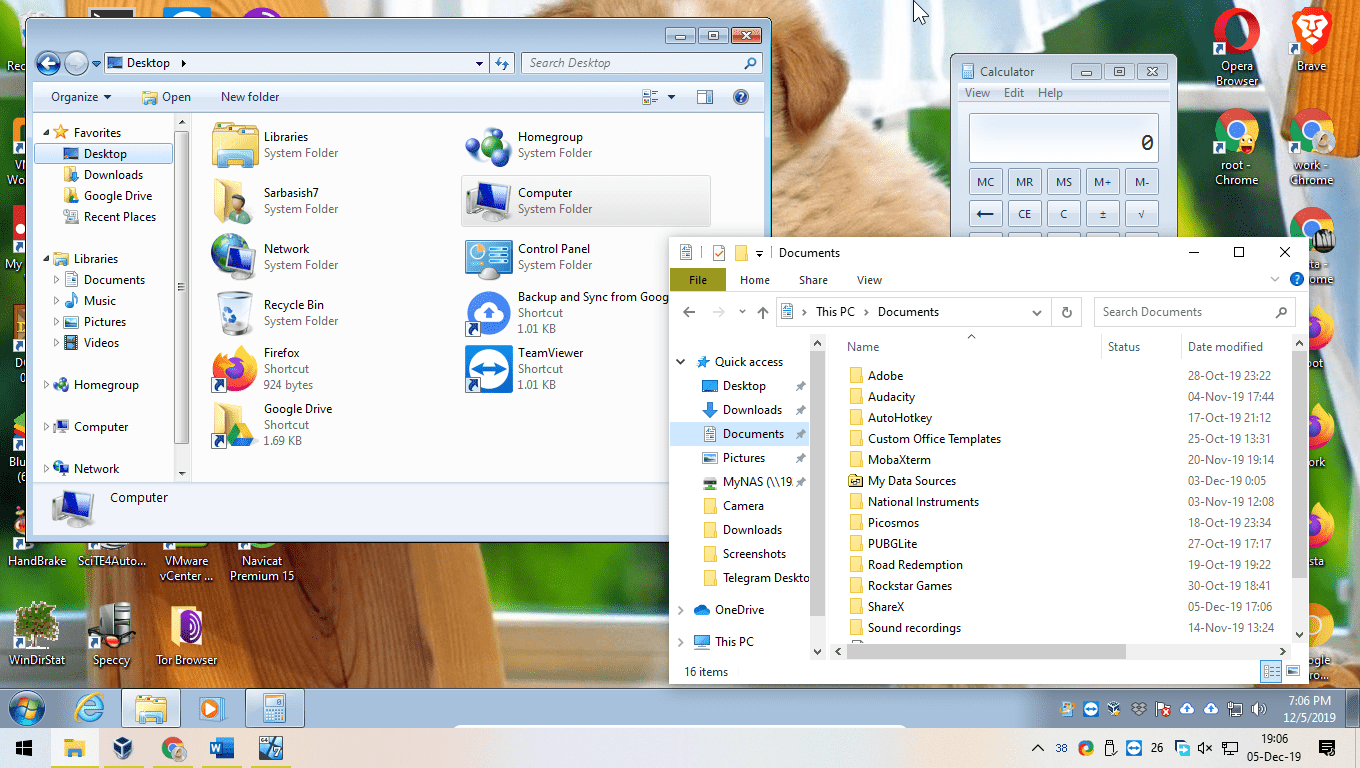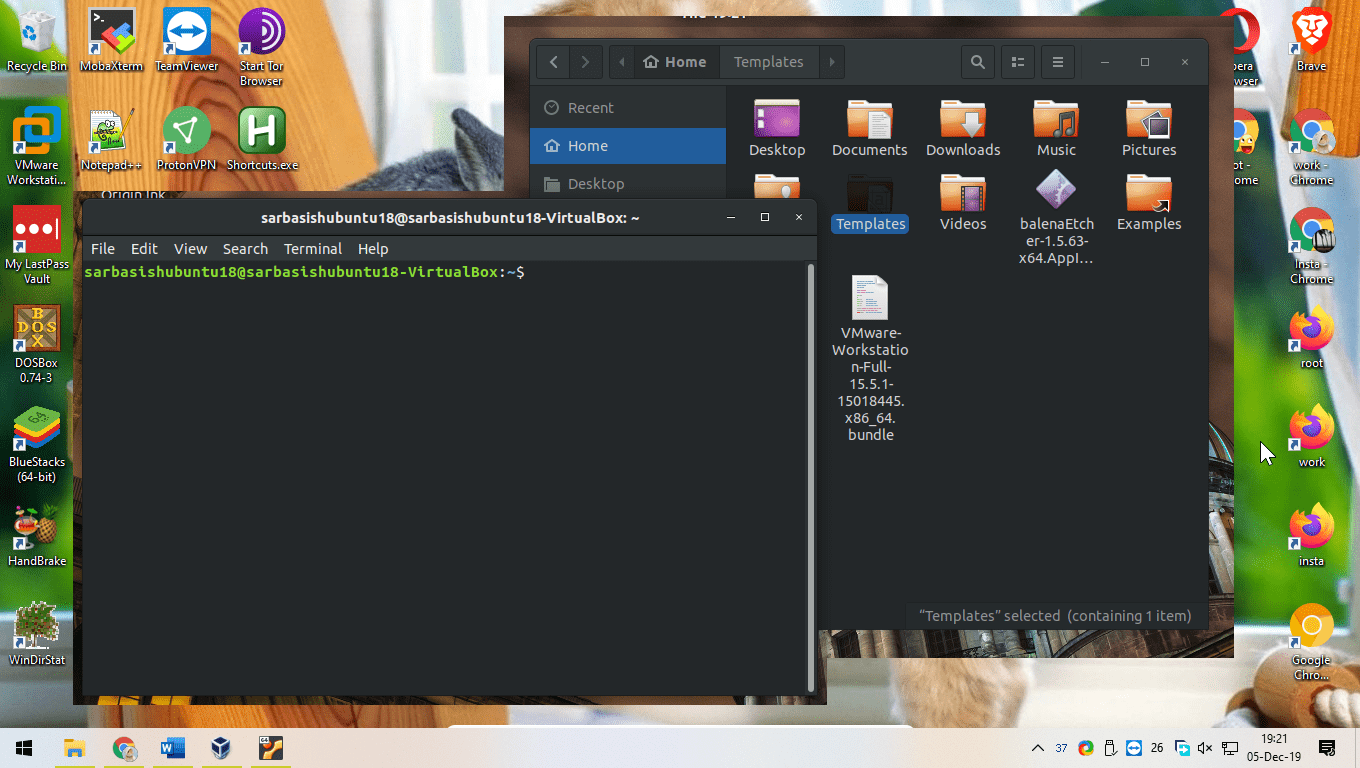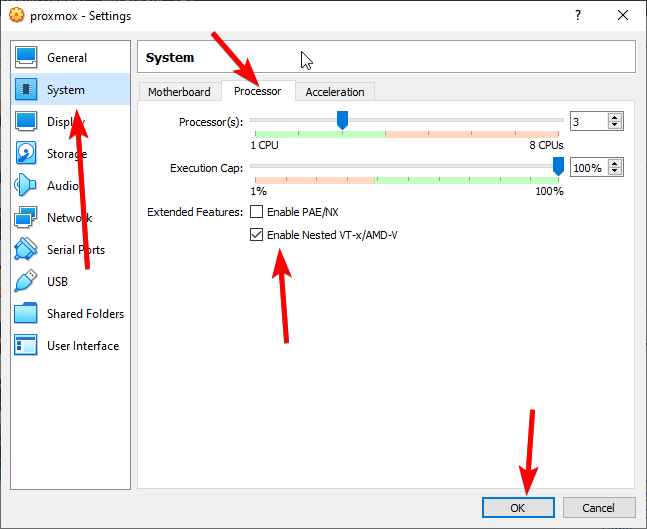If you are looking for an open-source virtual Machine manager, VirtualBox is one of the best options that you can go for. With VirtualBox, you can install almost any guest operating system on your existing host operating system, which is one of the biggest reasons it is very popular and is used by open-source enthusiasts across the globe. Even after offering you a seamless interface for dealing with virtual machines, you can also find some useful features on VirtualBox, which is kind of unique. One of them is the seamless mode, which you might have seen but don’t know how exactly it works.
What is Seamless mode in VirtualBox?
When it comes to running virtual machines, you can run a virtual machine in different modes, the ‘Scaled Mode’ which will scale the display from the virtual machine to a re-sizable window, so that you can easily maximize, and make the window size smaller which can be useful if you are running multiple virtual machines at once, and this is one of my favourite views to run a virtual machine. The ‘Seamless Mode’ is something completely different and it can only be useful if you are running one virtual machine. You can even enable the seamless mode if you are dealing with multiple virtual machines, but that isn’t something most people will need. The seamless mode actually makes it easier to communicate with your guest machine on the host operating system and vice versa, in the most convenient way yet.
So without any further ado, let me get started with the seamless mode that you can get on VirtualBox.
How to enable Seamless Mode in VirtualBox?
After you boot into your virtual machine, with the operating system installed, just press the ‘Host + L’, which by default will be ‘Ctrl + L’ on Windows.
Alternatively, you can even click on ‘Seamless Mode’, under ‘View’ to switch to seamless mode.

After you switch to seamless mode, your desktop will look somewhat similar to this.

I hope you now get, what exactly is the seamless mode on VirtualBox. You can seamlessly switch between the apps on your host machine and the virtual machine with just a single click.
With seamless mode enabled, along with bidirectional drag-and-drop, and bidirectional shared clipboard, you can easily drag-and-drop files, or share the clipboard between the host and the guest operating system, which will skyrocket your productivity as you will no longer have to switch back and forth between the host and the guest operating system.


Even though you can use seamless mode on the guest operating system, no matter, which hosts the operating system you are using, Ubuntu guest operating system doesn’t play around properly with Windows hosts. It looks kind of buggy, but you can still use it. This is how it looks while running Ubuntu guest operating system on a Windows host.

To come back to the normal mode, just select VirtualBox as the active window, and use the ‘Host + C’ or ‘Ctrl + C’ by default on Windows, or just choose ‘Scaled Mode’ or ‘Full-screen Mode’ under the ‘View’ menu.

It is not that, Ubuntu is not usable in seamless mode, on Windows, but as you can see, you can’t find the Ubuntu bar to launch apps, in seamless mode. If you find, the seamless mode is disabled and is greyed out, you should install the guest additions, and that should fix your trouble. You just have to find out, whether the seamless mode for the virtual or the guest operating system is playing properly with the host operating system that you are using.
So, that was all about the seamless mode on VirtualBox, and it will really boost your productivity in some way. Do you have any questions about the feature? Let me know about it in the comments section below.






for ubuntu on semaless mode you should disable compositor. or desktop effects.
on kde (not the one you use) i use alt+shift+f12